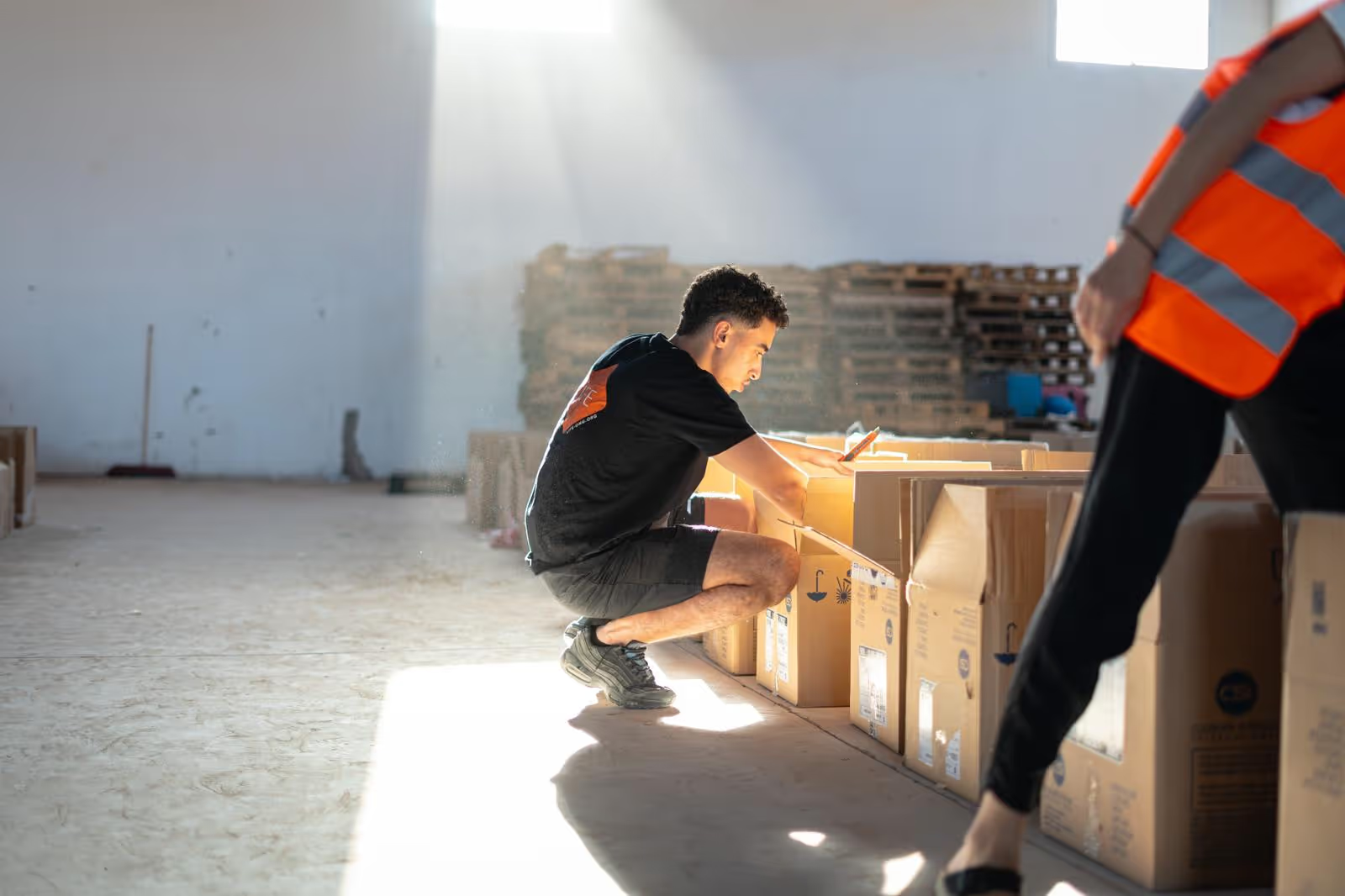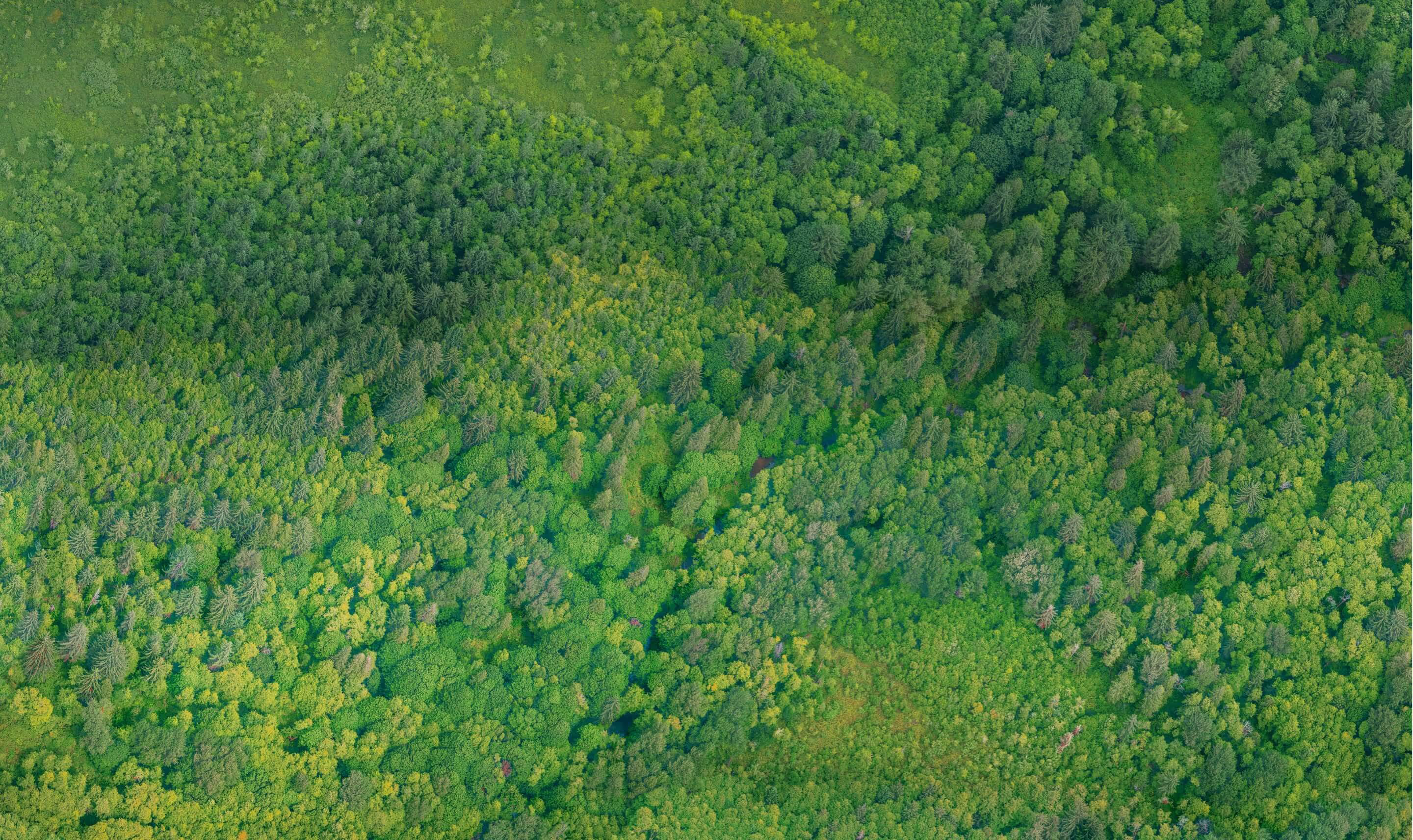5 facts about climate refugees

Every year, our planet is getting a little warmer, and the consequences are already visible. The ice is melting, fires are raging, storms are multiplying, and rising sea levels are eating away at our coasts. Behind these dramatic climate events lies a reality that is often overlooked, that of climate refugees. They migrate to survive, in search of a better future.

1. A population that is counted in the millions
The climate refugee crisis is a tragedy that is largely unknown. Millions of people are displaced every year due to extreme weather events, but their suffering often goes unnoticed.
By 2050, climate change could force nearly 216 million people to move within their country.

2. Climate refugees from all regions of the world
The climate crisis has no borders. Climate refugees come from all regions of the world. In the Pacific, island nations such as Tuvalu, Kiribati, and the Maldives are facing rising sea levels, threatening to swallow up their land in just a few decades. The inhabitants of these islands were among the first climate refugees, seeking higher ground to escape the inexorable rise in water levels.
The African continent is also the scene of massive climate-related displacements. Regions in the Sahel are experiencing increased desertification, reducing soil fertility and threatening the livelihoods of farmers. Countries like Sudan and Nigeria are experiencing conflicts over water resources and drought, forcing many families to leave their homes.
In Asia, coastal regions are particularly vulnerable to rising sea levels and increasingly violent storms. Because of its geographical location, Bangladesh is one of the countries most at risk of natural disasters. Millions of people live in high-risk areas. The climate crisis is forcing them to migrate to urban areas that are already overpopulated, such as those in the capital, Dhaka.
3 - Faced with food insecurity and lack of water
Climate refugees have left everything behind, including their homes, their land, and therefore their livelihoods. They are therefore facing a serious shortage of food and a lack of access to clean water.
To fight against hunger in the world, we deploy throughout the year, through our operation “1 euro = 1 meal”, distribution of food packages in 25 countries. In this way, we allow people in need to eat their fill and find some comfort.
4 - Climate refugees: children on the front line
Children are among the most vulnerable to the climate crisis. They are often forced to leave their homes with their parents, or by themselves; this disrupts their education and jeopardizes their future.
Every year, 66.5 million children are affected by the consequences of global warming. 175 million in the next decade. According toUnicef, African children, especially those from the Central African Republic, Chad, Chad, Chad, Nigeria, Nigeria, Guinea, Somalia, and Guinea-Bissau, are particularly vulnerable to the impacts of climate change.

5- Insufficient legal protection
Climate refugees do not always benefit from the legal protection granted to political refugees. This lack of distinct legal status exposes climate refugees to a lack of clear legal protection and uncertainty about their rights. They are therefore often left at the mercy of national laws, which can lead to their exploitation and discrimination.
For example, in many countries, climate refugees can be forcibly displaced, excluded from accessing basic social services, and sometimes even deported without adequate legal recourse.
This legal vulnerability is a major obstacle to protecting the rights of climate refugees and highlights the importance of international action to address this legal gap.
The climate refugee crisis is an alarming reality that requires immediate attention and collective action. Each of us has a critical role to play in mitigating this crisis and bringing about meaningful change. In particular, we can start by reducing our carbon footprint by adopting more sustainable lifestyles, by limiting our consumption of fossil energy or by encouraging the use of renewable energies.
As engaged citizens, we also have the power to pressure our policy makers to adopt more ambitious climate policies and commit to reducing greenhouse gas emissions. Our collective responsibility is to contribute to the construction of a more resilient future for all. Together, we can make a difference!



.avif)





.avif)